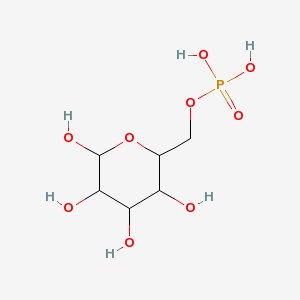Protein Analysis of Beta-Hexosaminidase A
- BLAST search identifies the human HEXA protein product (NCBI P06865) as a member of the single domain family 'Glycosal hydrolase family 20,' with a catalytic domain identified (aa's 167-488) containing a TIM barrel, and 'domain 2' (aa's 35-165) containing a zincin like fold: NCBI
- Unprocessed precursor aa length = 529, MW = 60,689 Da
Gene Ontology Terms:
Molecular Fxn: beta-N-acetylhexosaminidase A activity, hydrolase activity, acting on glycosyl bonds (EBI InterProScan)
Biological Process: carbohydrate metabolism, glycosphingolipid metabolism (EBI InterProScan)
Cellular Component: lysosome - see also EBI QuickGO
- Subcellular localization prediction by http://psort.nibb.ac.jp/cgi-bin/runpsort.pl almost certainly flawed:
34.8 %: cytoplasmic 26.1 %: extracellular, including cell wall 13.0 %: mitochondrial 13.0 %: nuclear 4.3 %: Golgi 4.3 %: vacuolar 4.3 %: endoplasmic reticulum
- A deletion mutation study suggests that the GSEP sequence beginning at position 283 in the alpha subunit confers its binding ability to the GM2-GM2AP complex. The beta active site can hydrolyze neutral substrates comparable to GM2 but its inability to bind the negatively charged carbohydrate (i.e. removal of the aligned GSEP sequence) suggests a biological role, namely,
 prevention of the non-productive binding of GM2 to the beta- active site incapable of catalyzing negative substrates (Zarghooni et al., 2004).
prevention of the non-productive binding of GM2 to the beta- active site incapable of catalyzing negative substrates (Zarghooni et al., 2004).
- Post-translational Modification: includes mannose 6-phosphate recognition particle for lysosomal targeting - associated with asparagine-linked oligosaccharide chains (Sonderfeld-Fresko et al., 1989).
- -glycosylation:
- Sequence T 275 0.533

- Targeting Prediction:TargetP 1.1 incorrectly predicted a secretory pathway: TargetP;
- Transmembrane Domain Prediction: One transmembrane single helix predicted by SOSUI:
| No. | N terminal | transmembrane region | C terminal | type | length |
| 1 | 3 | SSRLWFSLLLAAAFAGRATALWP | 25 | PRIMARY | 23 |
- - A study suggests Hex A ultimately associates with the cell membrane following its lysosomal origin: PubMed


0 Comments:
Post a Comment
Subscribe to Post Comments [Atom]
<< Home